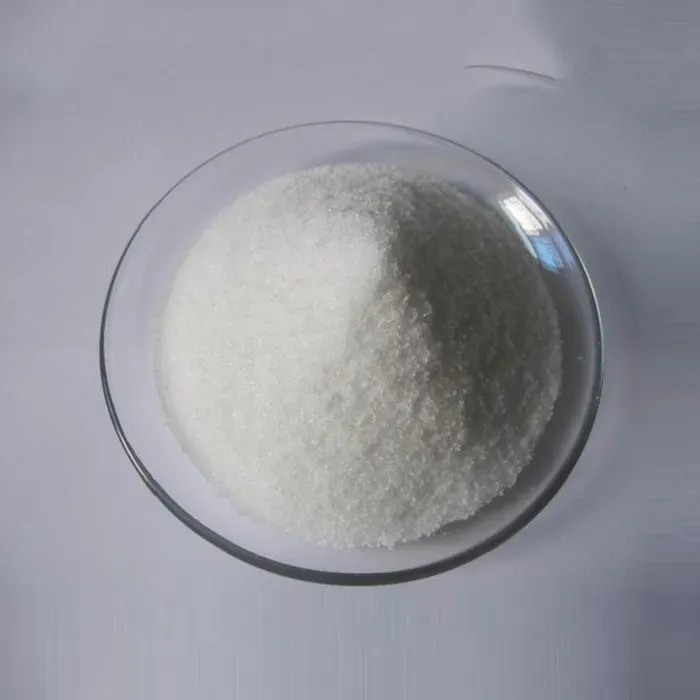Chemicals Used in STP Plants
Sewage Treatment Plants (STPs) are essential for maintaining public health and environmental integrity. They play a crucial role in treating wastewater before it is released back into the environment or reused for various purposes. The treatment process employs a variety of chemicals to effectively treat sewage, remove contaminants, and ensure compliance with health and environmental standards. Here, we explore the key chemicals used in STP plants and their roles in the treatment process.
Coagulants
Coagulants are essential in the primary treatment of sewage. These chemicals help in aggregating suspended solids and colloidal particles into larger masses, known as flocs, which can be more easily removed from the water. Common coagulants include aluminum sulfate (alum), ferric chloride, and polyaluminum chloride. By neutralizing the charges of suspended particles, coagulants facilitate their settling in sedimentation tanks, significantly improving the quality of the effluent during the initial stages of treatment.
Flocculants
Once coagulation occurs, flocculants are employed to enhance the separation of solids from the liquid. These chemicals, often polyacrylamides or natural polysaccharides, work by creating a network that traps particles together, forming larger aggregates that can settle more rapidly. Flocculants are particularly effective in secondary treatment processes, contributing to improved sedimentation and easier removal of solids.
Disinfectants
what are the chemicals used in stp plant

To ensure that treated wastewater is free of harmful pathogens before discharge, disinfectants are used. Chlorine is one of the most commonly used disinfectants, although it may create toxic by-products. Alternatives such as ozone and ultraviolet (UV) light are gaining popularity due to their effectiveness and environmental safety. These disinfectants work by targeting and neutralizing bacteria, viruses, and other microorganisms, ensuring that effluent meets safety standards for reuse or release into water bodies.
pH Adjusters
pH control is another critical aspect of sewage treatment. The effectiveness of many treatment processes is pH-dependent, and chemicals like sulfuric acid or sodium hydroxide are often used to adjust the pH level of the wastewater. Maintaining an optimal pH range (typically between 6.5 and 8.5) ensures the efficiency of biological processes in secondary treatment stages, where microorganisms help break down organic matter.
Nutrient Additives
In some cases, STPs may also require nutrient additives to promote the growth of beneficial microorganisms during the biological treatment stage. Nitrogen and phosphorus compounds, often in the form of ammonium sulfate or potassium phosphate, can be added to ensure that microbial populations thrive, facilitating more efficient degradation of organic materials.
Conclusion
The treatment of sewage in STP plants heavily relies on the strategic use of various chemicals, each serving a unique role in the purification process. From coagulants and flocculants that assist in solid removal to disinfectants ensuring safety and pH adjusters that optimize biological processes, these chemicals work in concert to produce treated water that meets regulatory standards. With the increasing focus on environmental sustainability, the use of these chemicals will continue to evolve, aiming for more efficient and eco-friendly wastewater treatment solutions.

